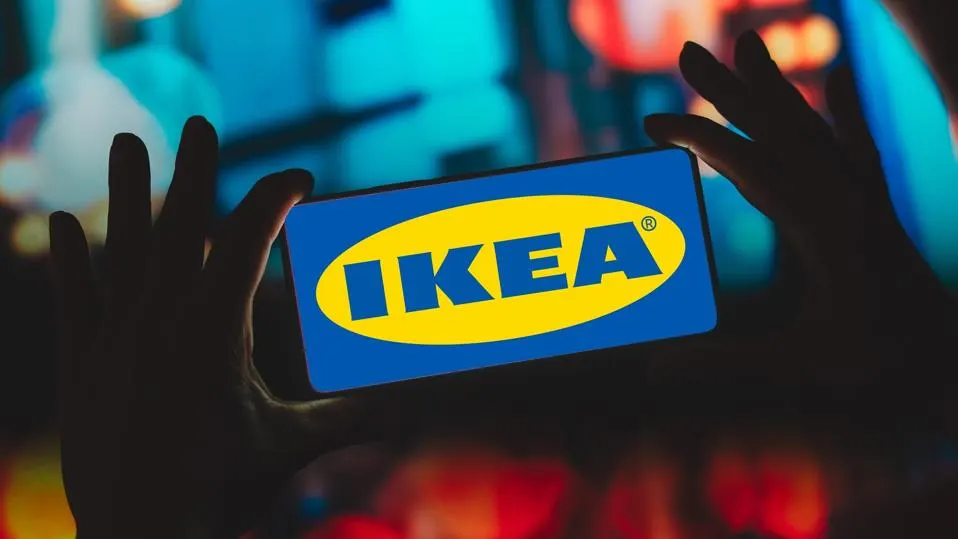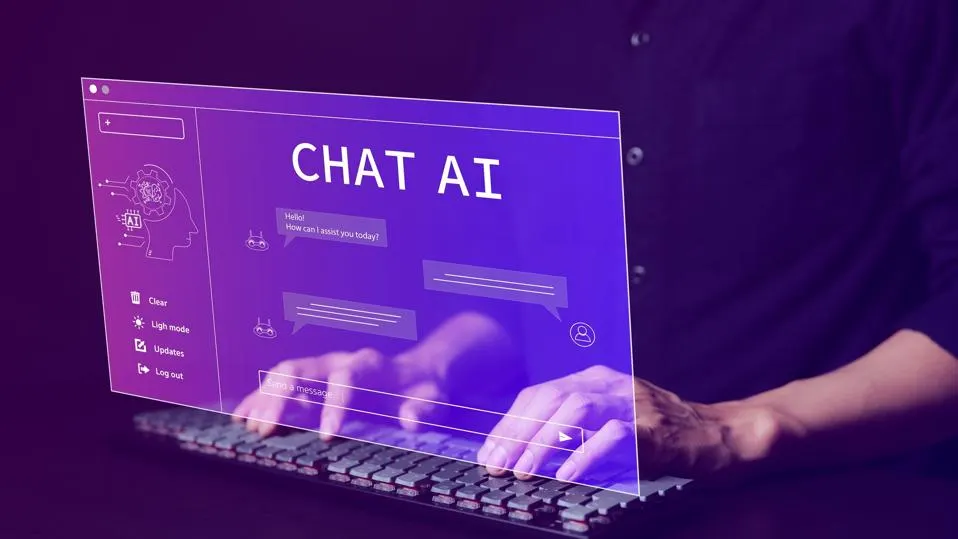The Fascinating Ways Facial Recognition AIs Are Used In China
2 July 2021
The country on the cutting edge of facial recognition technology and the amazing ways it can be put to use is definitely China. While the Chinese government and many of the country’s current systems, large population (more than 1.3 billion citizens) and centralized identity data bases might make adopting facial recognition technology easier than in Europe or the United States, Chinese-based technology companies are also leaders in investing and building useful innovations to find new ways to profit from the use of computer vision.

How Facial Recognition Technology Works
Unlike your fingerprint, your faceprint can be scanned at a distance. Your individual faceprint is a unique code that is applicable to you. It’s created by measuring distances between points on your face such as the width of your nose or the distance between your eyes. These various points are called “nodal points” and about 80 of them are used to create your faceprint. Once a faceprint is made, it is run through identity databases to connect the face to a name in the database. The Chinese Ministry of Public Security began its quest to build the world’s most extensive facial recognition database in 2015. The error rates of the technology can be as low as 0.8 percent; eight out of 1,000 scans could be misidentified.
Now that we have a baseline understanding of how facial recognition technology works, let’s explore the many ways it’s currently being used.
Security and Police Work
As you might imagine, there are many applications for facial recognition technology in security and police work. From catching the relatively minor infractions such as jaywalkers to the more serious murder suspect and other criminals, facial recognition technology can help spot suspects in real-time based on images from cameras that are fed into identity databases. Lost elderly people or children can also be found with this technology. Just knowing the technology is deployed can also help deter crime. Police officers in several local public security bureaus in China including Beijing and Tianjin use augmented reality glasses created by the Xloong company. These glasses are able to cross-reference faces against the national database to spot criminals.
Payment Portals and Financial Transactions
Smile to pay instead of whipping out your wallet? That’s what they are testing at a KFC in Chinese city Hangzhou. This pilot program was initiated by Alibaba’s Ant Financial to appeal to younger generations. Instead of paying with cash or a credit card, the transaction is processed after the customer smiles into a self-serve screen and a 3-D camera scans the customer’s face to confirm identity. As long as you are a registered customer of the Alipay app, you’re good to go.
Alipay’s face recognition technology is also deployed at the Jiangxi People’s Hospital. Once a profile is created, the machine can recognize users who need to register or pay bills. All of the transactions can be conducted at the self-serve terminals without using a phone or cards in 10 seconds or less.
The Beijing Subway plans to introduce “bio-identification” technology that includes facial recognition and palm scanning systems to increase efficiency by eliminating the need for tickets. Similar technology will be in place at the “Future Pharmacy,” launched by Alipay in cooperation with Zhangzhongjing Pharmacy. There, customers can confirm their identity with facial recognition on a mobile device, after they have registered with Alipay.
Travel and Hospitality
Shanghai Hongqiao International Airport’s Terminal One now uses facial recognition technology for their automated clearance system. In just 12 seconds, passengers can scan their ID cards and use the security-checking machines equipped with facial recognition technology to complete the security check process. This allows the terminal to clear 2,000 passengers through security in an hour. Beijing’s new airport, designed to handle 100 million passengers annually, will use facial recognition technology to match passengers to their belongings as well as for security checks.
Instead of waiting in line to get your hotel room key, Chinese guests at two Chinese Marriott hotels, Hangzhou Marriott Hotel Qianjiang and Sanya Marriott Hotel Dadonghai Bay, can use facial recognition technology to check-in. It’s a partnership with Alibaba’s travel service platform, Fliggy. A traditional check-in process takes at least 3 minutes, but oftentimes more. The facial recognition technology will improve the hotel’s operational efficiencies by allowing guests to scan their IDs, take a photo and input contact details. After their identity has been confirmed, the kiosk dispenses their room keys.
There are many more facial recognition applications currently deployed in China including driver authentication for Didi, an Uber rival; to dispense toilet paper and prevent theft of the paper at Tiantan Park in Beijing; to support the registration process for universities and to notify teachers when children aren’t paying attention in the classroom. Facial recognition technology can also determine what ads to serve you when you walk by.
Related Articles
Responsible AI: Why Privacy Is An Essential Element
Today, people often talk about “responsible” AI use, but what do they really mean?[...]
The Amazing Ways IKEA Is Using Generative AI
Global furniture retailer IKEA has long been at the forefront of tech-driven retail innovation.[...]
Generative AI Is Coming To Your Home Appliances
Across all industries, organizations are rapidly embracing generative AI. Among them, makers of home appliances like fridges and ovens.[...]
Generative AI And The Risk Of Inbreeding
We all understand the concept of inbreeding in human terms – where people who are too genetically similar reproduce, resulting in offspring with deformities.[...]
How Generative AI Will Change The Jobs Of HR Professionals
HR is fundamentally about managing humans – so how will the job change in a future where powerful generative AI tools are everywhere?[...]
Amazon Harnesses Generative AI For Seamless Palm Recognition Shopping Experience
Generative AI may have made headlines for its ability to write text and create art, but its uses extend beyond simply generating content.[...]
Sign up to Stay in Touch!
Bernard Marr is a world-renowned futurist, influencer and thought leader in the fields of business and technology, with a passion for using technology for the good of humanity.
He is a best-selling author of over 20 books, writes a regular column for Forbes and advises and coaches many of the world’s best-known organisations.
He has a combined following of 4 million people across his social media channels and newsletters and was ranked by LinkedIn as one of the top 5 business influencers in the world.
Bernard’s latest book is ‘Generative AI in Practice’.










Social Media